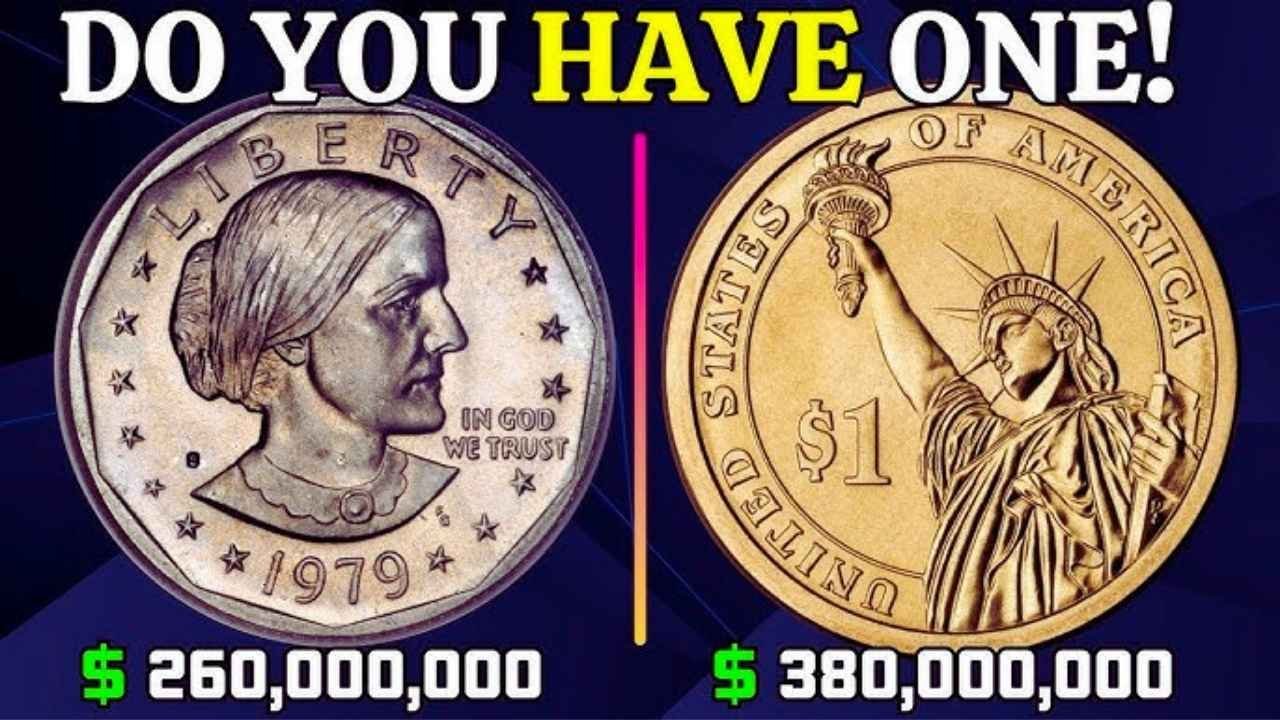The Everyday Coin with a Million-Dollar Secret
Picture this: you’re digging through your couch cushions for some spare change, and you pull out a beat-up old penny. Most folks would toss it back or drop it in a jar without a second thought. But what if that little copper disc is actually a rare gem worth $144,000? That’s the buzz around the Lincoln Wheat Penny right now, a classic American coin from the early 1900s that’s got coin fans all fired up. Minted from 1909 to 1958, these pennies show Abe Lincoln’s face up front and two wheat stalks on the back, giving them their nickname “Wheatie.” They were made by the billions back in the day, so they’re super common. Yet, one sneaky version might still be bouncing around in everyday pockets, waiting for someone to spot it.
A Wartime Mix-Up That Turned Pennies to Gold
The real story behind this big-money penny goes back to World War II. In 1943, the U.S. Mint switched to steel pennies coated with zinc to save copper for the war effort. These steel coins were tough and cheap to make, but a handful of old bronze blanks from 1942 got stuck in the machines by mistake. Boom – out came a tiny batch of 1943 pennies struck in bronze instead of steel. Only about 20 of these bad boys are known to exist today, making them one of the hottest items for collectors. One just sold at auction for a whopping $144,000, and experts say more could be out there, mixed in with regular change. It’s like finding a needle in a haystack, but that needle could buy you a house.
Spotting the Prize in Your Piggy Bank
So, how do you know if you’ve got a winner? First off, grab a magnet. If the penny sticks, it’s the common steel kind – no jackpot there. But if it doesn’t stick and it’s got that warm, reddish bronze shine, you might be onto something big. Don’t rub it clean, though; that can tank its value faster than a bad stock tip. These coins look just like any other Wheat Penny at a glance, which is why they slip through the cracks. Folks have found them in old jars, garage sales, or even bank rolls. If you think you’ve got one, snap some clear photos and head to a coin shop or send it to pros like PCGS or NGC for a real check. Stories pop up every few years of someone cashing in on a family heirloom they thought was junk.
To make it easy, here’s a quick guide on what sets these apart:
| Feature | Common 1943 Penny | Rare Bronze Version |
|---|---|---|
| Material | Steel with zinc | Bronze |
| Magnet Test | Sticks to magnet | Doesn’t stick |
| Color | Silvery gray | Reddish brown |
| Value | One cent | Up to $144,000 |
Why This Penny Still Turns Heads Today
It’s not just about the cash – these pennies tie us to a wild time in history. World War II changed everything, from food rations to how we made our money. That little error at the mint shows how even big plans can go sideways, and now it’s a treasure hunt for history buffs. Online forums and coin clubs are exploding with tips and tales, pulling in newbies who never thought twice about loose change before. Plus, with inflation and all, finding extra dough like this feels like a win from the past.
Tips to Hunt for Hidden Treasures
Want to join the chase? Start simple: sort through any old coins you’ve got stashed away. Look for dates like 1909-S VDB or 1955 doubled die too – those Wheat Pennies can fetch thousands. Hit up estate sales or ask grandparents for their jars. Apps and sites let you scan coins quick, but nothing beats a good eyeball. Remember, patience pays off; most finds are duds, but that one thrill makes it all fun. Who knows? Your next vending machine quarter might lead to a penny payday.
Wrapping Up the Coin Craze
In a world full of digital bucks and apps, there’s something magic about a physical coin that could rewrite your story. The $144K Lincoln Wheat Penny proves that fortune favors the curious. Whether it’s still out there in some tip jar or locked in a vault, it’s got folks dreaming big. So next time you see a dusty old penny, give it a closer look – you might just hold history in your hand. Happy hunting, America.
